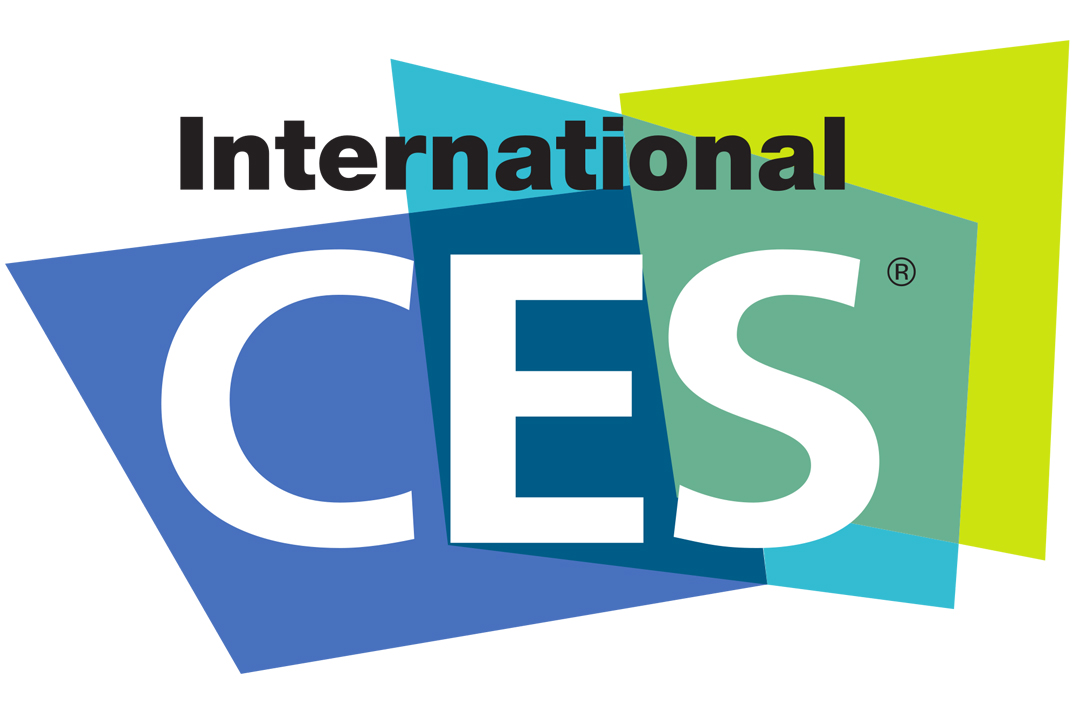With each new year comes CES (formerly the Consumer Electronics Show), a four-day showcase where the biggest names in tech—and whoever can get a booth on the showroom floor—pitch the next big innovation.
From wearable gadgets and hoverboards to the “smart” revolution of cars and homes, the international trade show held Jan 6-9 in Las Vegas offered a preview of the future of the tech industry.
George Washington Today writer Brittney Dunkins turned to the co-directors of the Center for the Connected Consumer at the George Washington University to opine on the best of CES 2016.
Check out the most important takeaways from CES 2016 from Donna Hoffman, Louis Rosenfeld Distinguished Scholar and professor of marketing, and Tom Novak, Denit Trust Distinguished Scholar and professor of marketing.
1. The smart home was everywhere, but very little really popped.
The smart home section of CES was much larger this year, but the longer we spent visiting this area of the show, the more the offerings started to blend together in a kind of mind-numbing sameness. There were lots of hubs, relays and routers—and of course—switches, locks and light bulbs galore. But they became pretty hard to distinguish from each other. Over at the Sony booth, however, we liked the Qrio Smart Lock, which lets consumers unlock their front door from a smartphone app. The Qrio clips over an existing door lock, eliminating the need for an expensive hardware retrofit. Now that’s smart!
2. The smart home is an experience, not a state, but marketers haven’t cracked that nut yet.
The blandness of the smart home booths at CES are a clue to understanding the lack of consumer adoption in the marketplace. We don’t think marketers really understand how to market the smart home to consumers as a dynamic experience as opposed to a series of specific use cases such as “turn on the lights when I walk through the front door.” As a result, consumers have been slow to adopt smart homes. That being said, the connected cars on display at CES were amazing. Wow, just wow!
3. Connected cars are the likely path to smart home adoption.
Within the next few years, cars are going to be a lot smarter than consumers. As cars start to get outfitted with sophisticated computers capable of deep learning, they will become very adept at sensing the environment and helping drivers stay safe. The end game for connected cars is complete autonomy, and the companies we talked to said that they are about five to seven years away from autonomous connected cars. This means that though smart home adoption might lag now, as consumers become exposed to smart features in new cars over the next few years, they may start to realize the value of analogous connected experiences at home, thereby spurring adoption of smart home products that can deliver that value. Marketers, are you paying attention?


